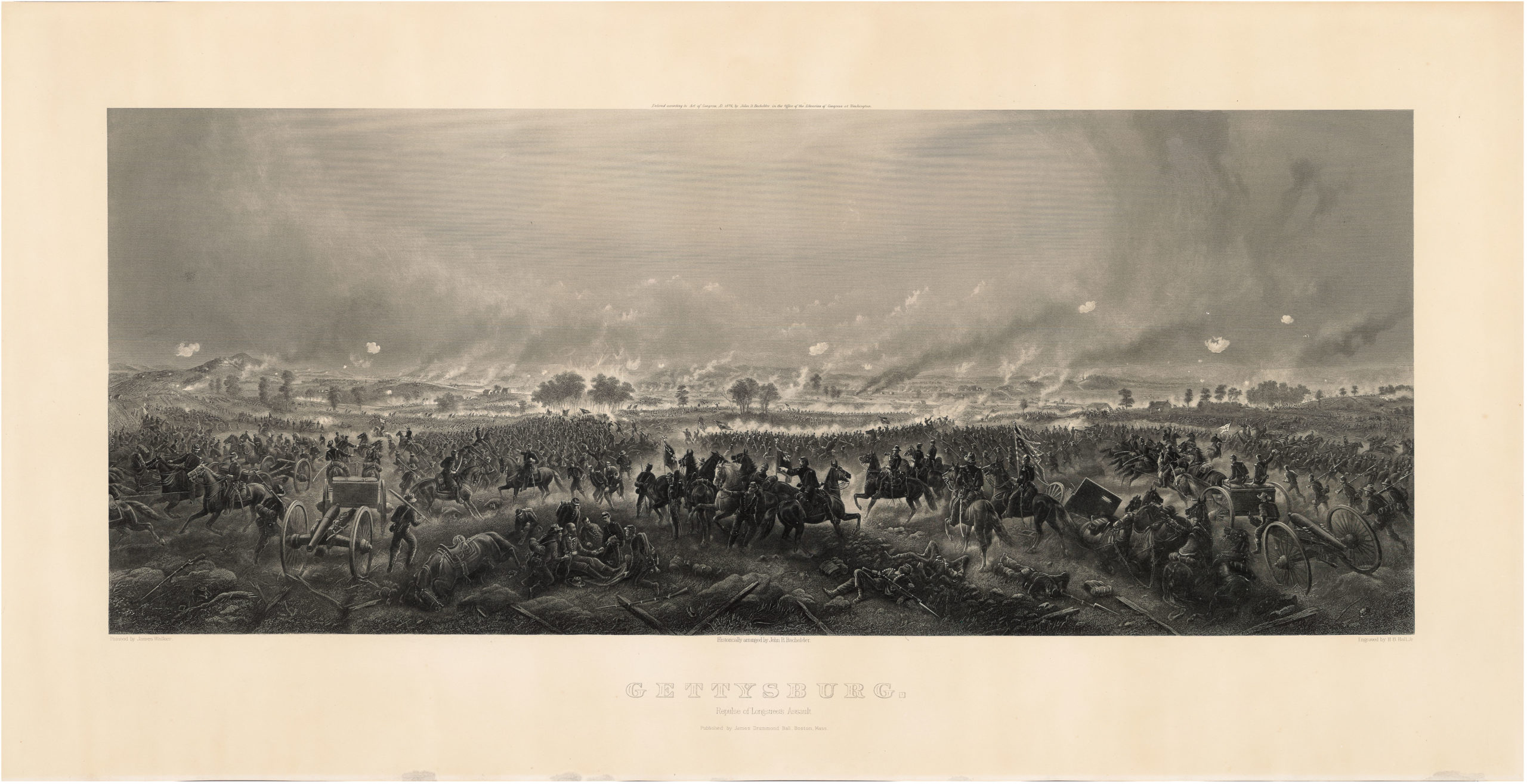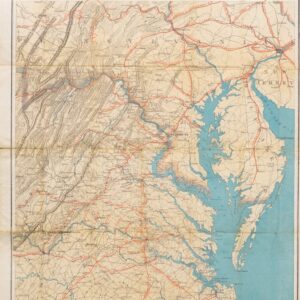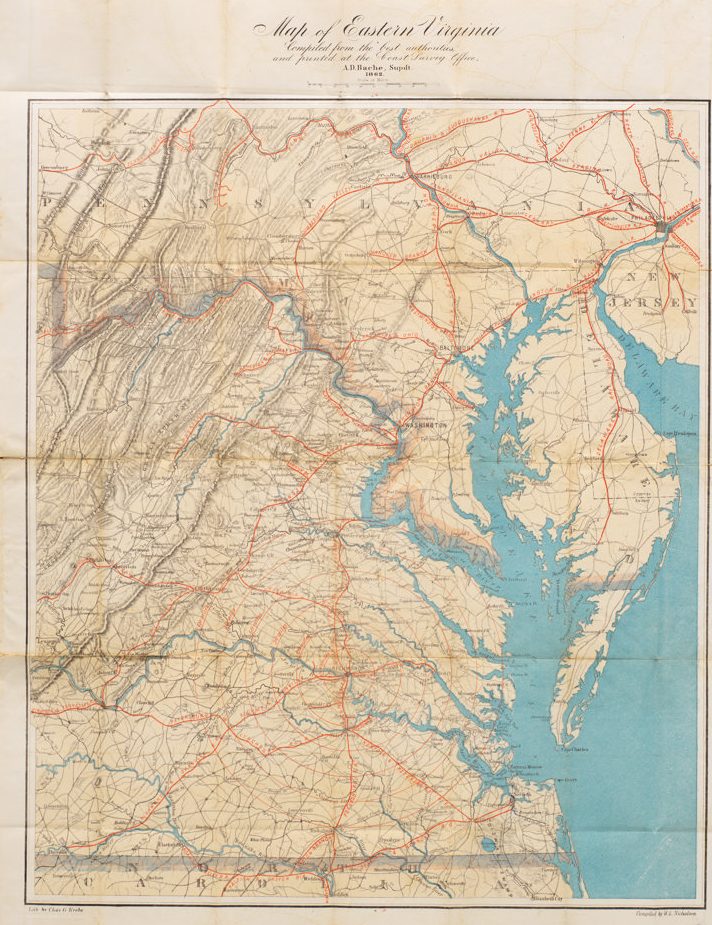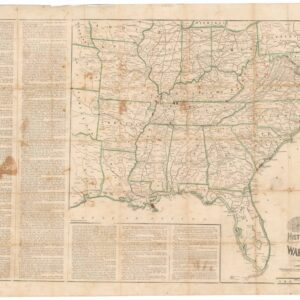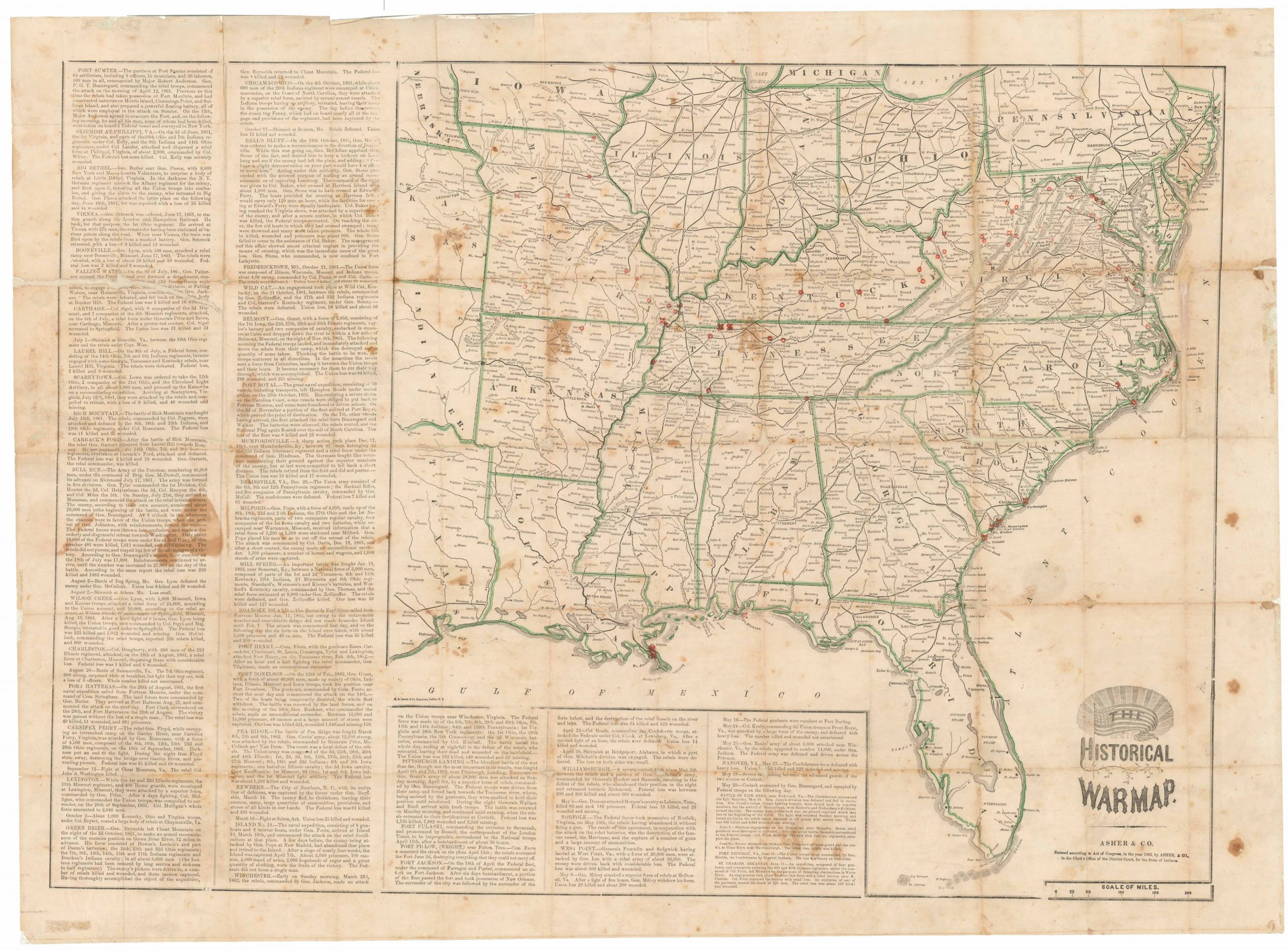Rare first state of one of the earliest maps of the Eastern Seaboard.
Tierra Nueva
Out of stock
Description
Important and rare map of the east coast of North America (the United States and Canada). It depicts an area stretching from Labrador to ‘La Florida’, with ‘La Bremuda.’ It shows the discoveries of Jacques Cartier’s first voyage to Canada and Verrazzano’s voyages around Cape Fear.
This map was engraved by Sanuto after Gastaldi’s 1548 map for the 1561 Ruscelli’s edition of La Geographia di Claudio Tolomeo. The Gastaldi prototype was the first printed map to report in any detail the results of Verrazzano’s seminal 1524 voyage, which shaped the modern conception of North America by demonstrating a contiguous coast from Florida to Nova Scotia. It was also the first to attempt to reconcile Verrazzano’s findings with those of Cartier’s voyages to the Maritimes and Gulf of St. Lawrence in the 1530s. As such, it was the first attempt at a regional map of the East Coast.
This example is from the first state (of three), with the platemark running off the top of the sheet, and the crack in the printing plate near Bermuda not very advanced.
Cartographer(s):
Girolamo Ruscelli (1518–1566) was an Italian mathematician, polygraph, and cartographer active in Italy during the early 16th century. He was born around 1518 in Viterbo to a family of minor nobility and humble origins. Throughout his life, Ruscelli moved around, living all over Italy. He started in Aquilea, but his work soon drew him to more important centers of learning. He moved first to Padua, and around 1540, he settled in Rome, where he founded his Accademia dello Sdegno. Around 1545, Ruscelli left Rome for Naples, and in 1548 he finally settled in the city that would make him most famous, Venice.
While posterity primarily remembers Ruscelli as one of the most important cartographers of the Venice School, his primary source of income came from publishing – both his works and copying the work of others. While he wrote on a broad range of subjects himself, the works plagiarised from others were often published by his partner, Plinio Pietrasanta. This lucrative relationship lasted until 1555 when Ruscelli was arrested and tried by the Inquisition for re-publishing a satirical poem by Pietrasanta without his formal permission. Any confrontation with the Inquisition was unpleasant enough, but Ruscelli may have been particularly susceptible to pressure because his wife’s family entertained Protestant sympathies. His brother-in-law was burned at the stake in Rome some years later.
The relationship with Pietrasanta had nevertheless soured, and the publishing firm was soon closed. Instead, Ruscelli partnered up with another Venetian publisher, Vincenzo Valgrisi. It was with Valgrisi that Ruscelli published his famous Ptolemaic Geografia in 1561. This atlas contained sixty-nine engraved maps sporting the latest ideas in Italian cartography. Despite containing some of the latest cutting-edge ideas about the world’s composition, Ruscelli’s atlas also drew heavily on earlier works. Forty of the 69 maps in Ruscelli’s atlas were copied almost directly from Giacomo Gastaldi’s Geografia from 1548.
Despite Ruscelli’s fame as a cartographer, he also achieved considerable recognition under his pseudonym Alessio Piemontese. His greatest success in this regard came the same year as his arrest (1555), with the publication of De Secreti del Alessio Piemontese. In this book of alchemy, Ruscelli reveals himself as a true Renaissance man, dabbling proficiently in multiple disciplines at the same time. His ‘Secrets‘ contained instructions on how to make everything from alchemical compounds and medicines to cosmetics and dyes. The work was so popular that it was re-issued numerous times over the next two centuries, and translated into French, English, German, Latin, Dutch, Spanish, Polish, and even Danish.
Condition Description
Nice example in very good condition with some discoloration at the centerfold; clearly an early copy based on the dark and strong impression.
References
Burden, 30; Manasek figures 4.15 to 4.18, showing differing states; Kershaw pp 22-23.

